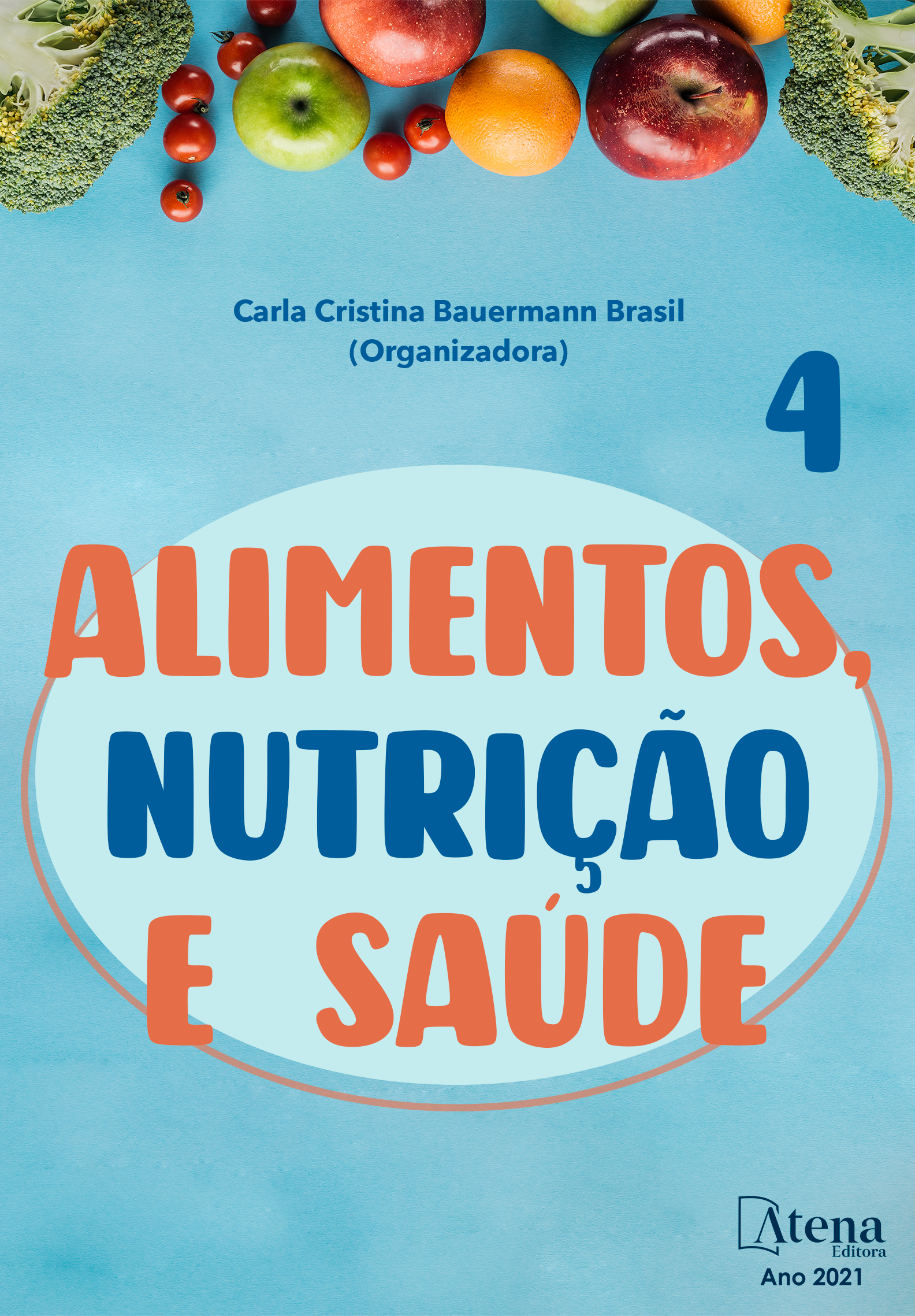
ANÁLISE PARASITOLÓGICA DE HORTALIÇAS COMERCIALIZADAS EM FEIRAS LIVRES DE SALVADOR-BAHIA
A ingestão de hortaliças in natura apresenta potencial risco de contaminação parasitológica, caso práticas higiênico-sanitárias eficientes não sejam adotadas. O presente estudo investiga os principais parasitos contaminantes de hortaliças, comercializadas em feiras livres do município de Salvador, Bahia, e anuncia medidas que podem ser adotadas para eliminar os possíveis germes. Partindo-se de uma análise transversal, e um planejamento quali e quantitativo, coletaram-se unidades amostrais de alface crespa, rúcula e agrião em cinco feiras livres de distintas regiões do munícipio, sendo analisadas, por conseguinte, pelo método de sedimentação. Perante a totalidade de amostras de hortaliças, 83,3% apresentaram parasitos como cistos de Entamoeba histolytica (41%), ovo de Ascaris (14%), ovos de Ancylostomideo (9%) e cistos de Giardia (9%), além de outros organismos, como bactérias e ácaros. A feira de São Joaquim apresentou o maior grau de contaminação em detrimento das feiras do Nordeste de Amaralina; feira da Sete Portas; feira do Japão e feira municipal de Paripe. A alface apresentou 82% de parasitos (82%), seguido pelo agrião (64%) e rúcula (38%). Esta contaminação justifica-se, possivelmente pelos baixos padrões higiênico-sanitários no cultivo até na exposição para a venda. A adoção de boas práticas de higienização é fundamental para a eliminação desses parasitas.
ANÁLISE PARASITOLÓGICA DE HORTALIÇAS COMERCIALIZADAS EM FEIRAS LIVRES DE SALVADOR-BAHIA
-
DOI: 10.22533/at.ed.02021230814
-
Palavras-chave: vegetais, parasito, contaminação, infecção, higiene.
-
Keywords: vegetables, parasite, contamination, infection, hygiene.
-
Abstract:
Ingestion of fresh vegetables presents a potential risk of parasitological contamination if efficient hygienic-sanitary practices are not adopted. The present study investigates the main contaminating parasites of vegetables, sold in open markets in the city of Salvador, Bahia, and announced measures can be adopted to eliminate possible germs. Starting from a cross-sectional analysis, and a qualitative and quantitative planning, sample units of crisp lettuce, arugula and watercress were collected in five open markets in different regions of the municipality, being analyzed, therefore, by the sedimentation method. In view of the totality of vegetable organisms, 83.3% dissipated from parasites such as Entamoeba histolytica cysts (41%), Ascaris egg (14%), Ancylostomideo eggs (9%) and Giardia cysts (9%), in addition to other organisms, such as bacteria and mites. The São Joaquim fair presented the highest degree of contamination to the detriment of the fairs in the Northeast of Amaralina; fair of the seven doors; Japan fair and Paripe municipal fair. Lettuce has 82% of parasites (82%), followed by watercress (64%) and arugula (38%). This contamination is justified, possibly by the low hygienic-sanitary standards in the cultivation even in the exhibition for sale. The adoption of good hygiene practices is fundamental for the elimination of these parasites.
-
Número de páginas: 15
- Rafael de Sá Barreto Leandro Cruz
- Rebeca Bispo de Morais
- Cássia Cristina Leal Borges
- Paulo Leonardo Lima Ribeiro


